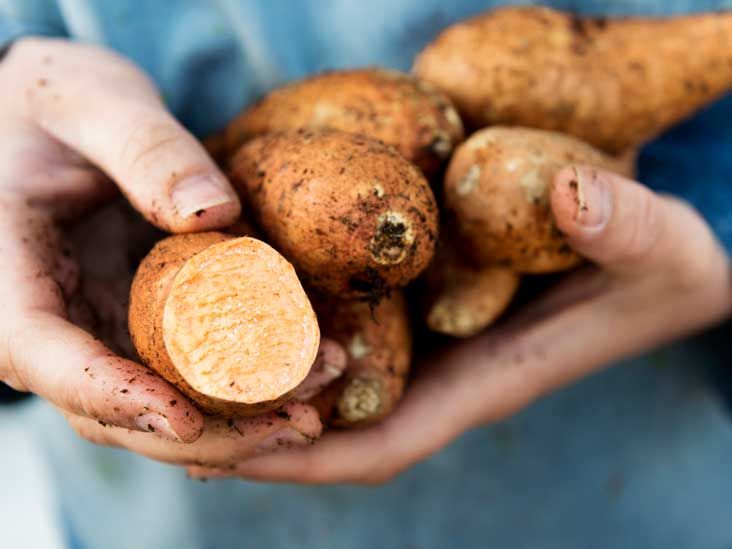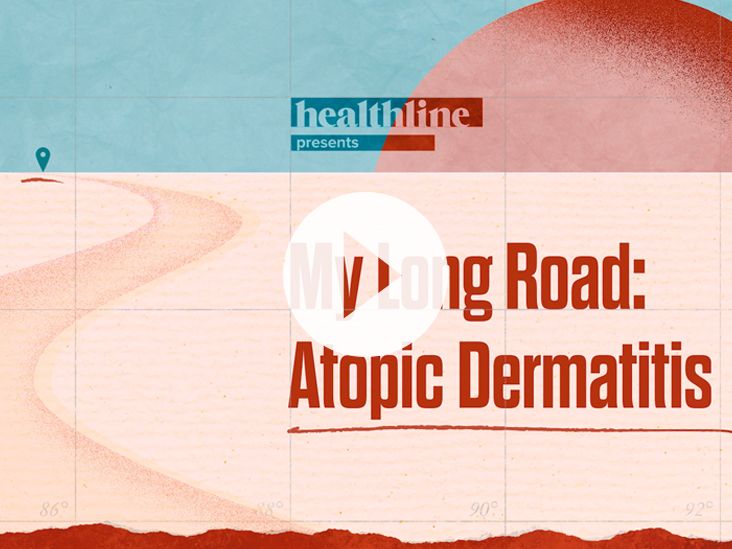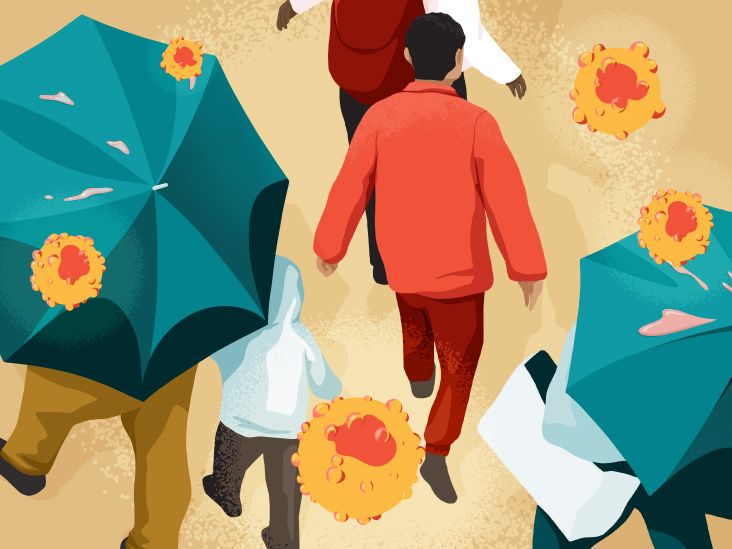- Create a 1-Minute Daily Health Check-In Habit
Respond to your needs with more clarity and care each day.
THIS JUST IN
MORE TOP READS
Probiotics vs. Prebiotics: Understanding the Difference
This video discusses the difference between prebiotics and probiotics.
0 seconds of 56 secondsVolume 90%
Press shift question mark to access a list of keyboard shortcuts
Keyboard Shortcuts
Shortcuts Open/Close/ or ?
Play/PauseSPACE
Increase Volume↑
Decrease Volume↓
Seek Forward→
Seek Backward←
Captions On/Offc
Fullscreen/Exit Fullscreenf
Mute/Unmutem
Decrease Caption Size-
Increase Caption Size+ or =
Seek %0-9


































